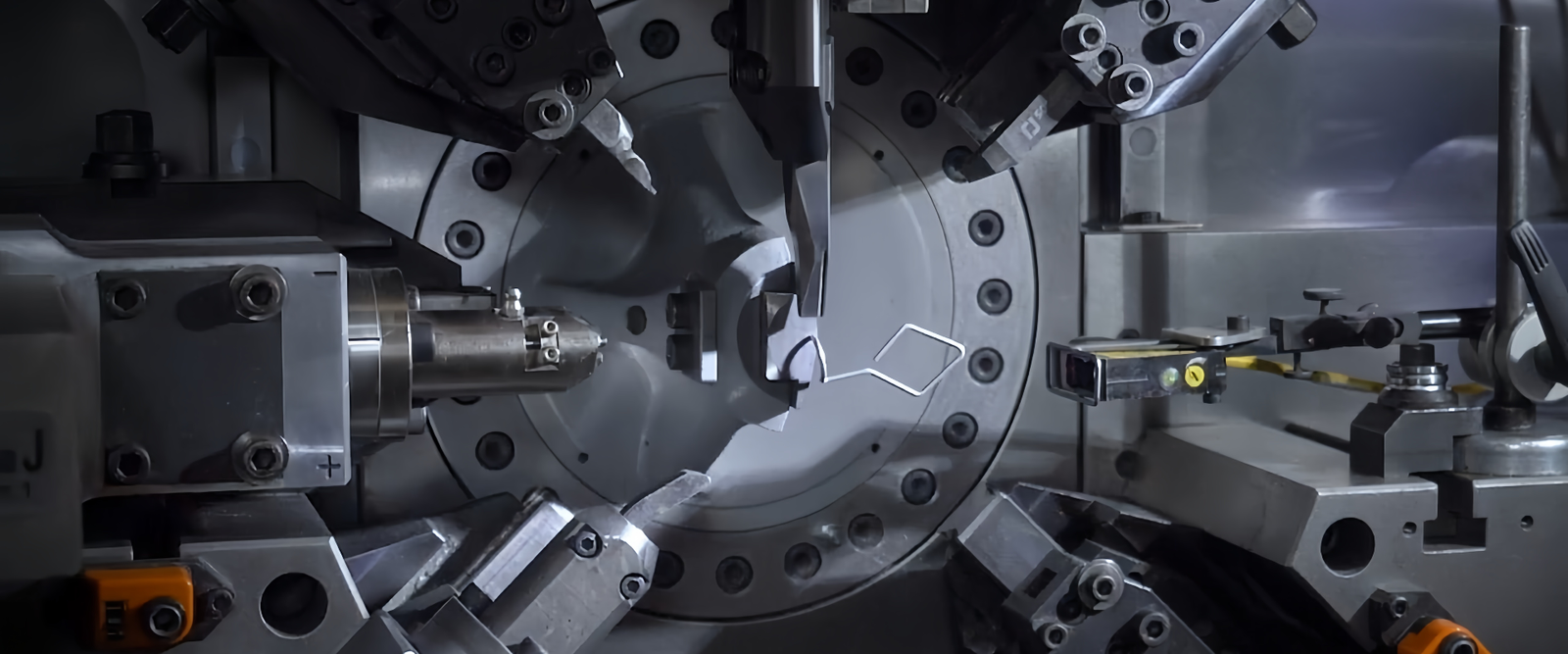5G technology has ushered in a new era of the Internet of Things (IoT), with exponentially increasing data rates and a trend toward smaller, more integrated, and multi-functional electronic devices. In this revolution, the importance of the precision electronic spring—the component responsible for the “last millimeter” of physical connection—is more pronounced than ever.
From “Connection” to “High-Quality Connection”
If the chip is the brain of an electronic device, then the data transmission path is its circulatory system. In the 5G era, this “circulatory system” must be exceptionally clear. Any tiny impedance mismatch, signal reflection, or instability at a physical connection point can lead to packet loss, causing latency or even a dropped connection. The precision electronic spring is the microscopic guardian that defends the integrity of this system.
1. The “Lossless Bridge” for High-Frequency Signals – Antenna and RF Connector Springs
- 1.1 The Challenge: The communication frequencies of 5G (Sub-6GHz and millimeter-wave) are much higher than 4G. The higher the frequency, the more sensitive the signal is to impedance changes and losses in the transmission path. Traditional connectors may no longer be suitable due to their size or performance limitations.
- 1.2 The Spring Solution:
- Pogo Pin Springs: With their extremely small size and compressible travel, pogo pins have become the top choice for connecting antennas to mainboards in compact spaces like smartphones and wearables. The micro-compression spring inside is the core component that guarantees the pin maintains a stable, low-impedance contact with the pad at all times.
- Materials and Processes: We use high-conductivity materials like Beryllium Copper (BeCu) for the spring and apply a uniform layer of gold plating to its surface. Gold’s chemical inertness prevents oxidation, keeping the contact resistance consistently below 20mΩ over the long term and minimizing signal loss.
2. The “Faithful Guardian” of a Circuit System – EMI Shielding Springs
- 2.1 The Challenge: The high density of components and high-frequency clocks inside a device make it a powerful source of electromagnetic interference (EMI). At the same time, it is highly susceptible to interference from external electromagnetic waves. This two-way interference problem, known as EMC (Electromagnetic Compatibility), is a major test that all electronic products must pass.
- 2.2 The Spring Solution:
- Grounding and Shielding Clips: We use conductive materials like beryllium copper or stainless steel to stamp various shaped clips (often called Fingerstock or Grounding Clips). They are installed in the seams of device enclosures and between PCB ground planes and shielding cans. Their excellent elasticity ensures a continuous, 360-degree conductive path.
- How it Works: This conductive path acts like a “Faraday cage,” shorting the electromagnetic noise generated by the internal circuits to the ground to prevent it from radiating outwards, while also blocking external interference from entering, thus ensuring the “peace and quiet” of the internal circuitry.
3. The “Efficient Pipeline” for Device Energy – Battery Contact Springs
- 3.1 The Challenge: As IoT devices demand standby times of several years or even longer, any unnecessary power loss is unacceptable. The contact resistance between the battery and the circuit board is a significant source of this power loss.
- 3.2 The Spring Solution:
- Low-Resistance, High-Stability Design: The battery springs and contacts we design not only provide continuous, stable contact pressure to resist vibration and shock, but more importantly, they are designed with optimal geometry and surface finishes to minimize contact resistance.
- Choice of Plating: Nickel plating is the most common choice that balances cost and performance. However, for ultra-low-power applications like Bluetooth Low Energy (BLE) devices, we recommend gold plating to achieve the best long-term electrical connection performance.
Conclusion
Microscopic Precision, Macroscopic Impact In the world of 5G and IoT, a smooth, macroscopic connection experience is built upon a reliable, microscopic physical connection. As a precision hardware manufacturer, we provide the most solid and dependable physical connection guarantee for this high-speed digital world through our micron-level manufacturing precision and our deep understanding of material science.
.png)



